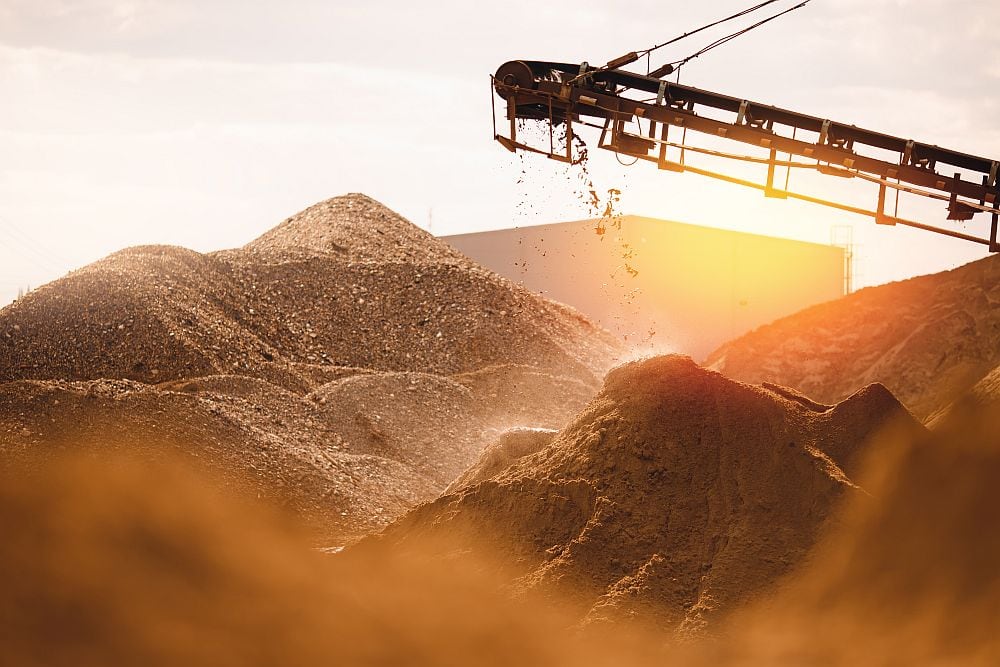Last week we had about a report from researchers at Georgia Tech who show how concrete rubble from the earthquake can be safely recycled into stronger concrete using local resources and manual production and mixing techniques.
As a follow-up to this, I want to highlight an NPR story first broadcast yesterday regarding the challenge of the dealing with the rubble and how Haitians are already using manual rubble-crushing equipment brought in from Swaziland and recycling it:
“The machine’s parts are carried up the labyrinth of tiny walkways. Then the machine is reassembled and the crushing begins. It’s hard work, says Amos Laguerre, who makes about $5 a day cranking.
It takes three men to get the job done; two crank the handles, while the third drops boulder-size debris between the metal crushers. Singing helps the men get through the mind-numbing labor.
The crumbled rubble is collected in buckets. Sand and gravel are separated into plastic bags. On a good day, the crew fills 125 bags, about 5 cubic meters.
No one says this is a solution to the city’s rubble problem, but it is making a difference in small neighborhoods like Delmas 62. The bags of recycled rubble are mixed with cement and poured to make the foundations of temporary wooden shelters CRS gives to residents.”
As Georgia Tech’s experts point out, however, unless some simple-to-implement standards for concrete composition are adopted, the new concrete will likely be far below minimum construction standards and prone to new earthquake damage.
CTT Categories
- Cement
- Construction
- Market Insights


